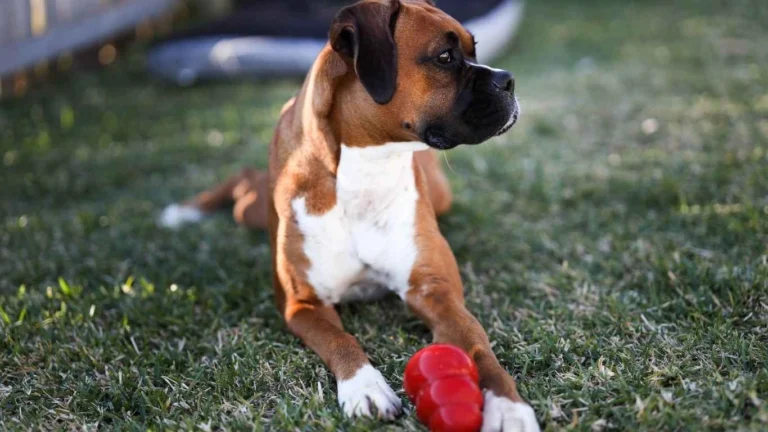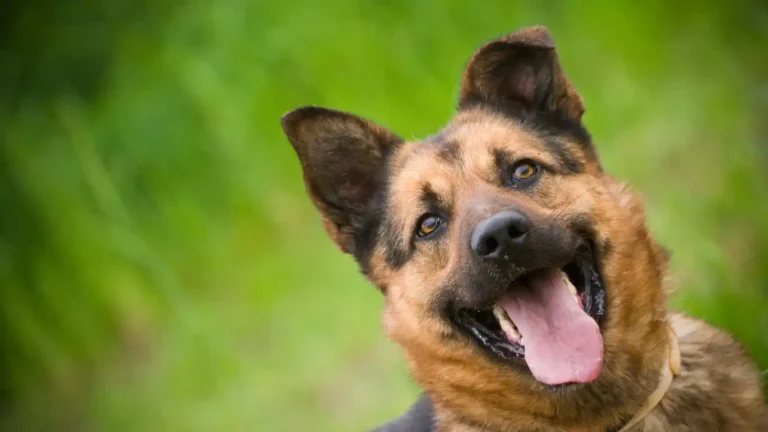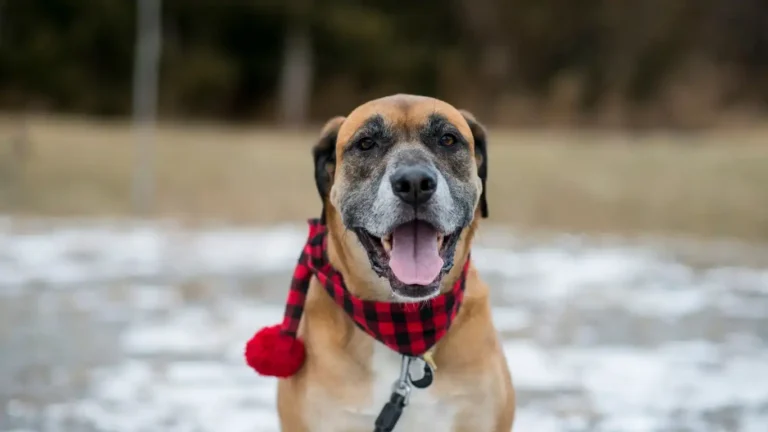Powerful Guide to the Best Essential Oils Safe for Dogs That Actually Work
If you’re like me, always trying to find the most natural and gentle ways to keep our furry companions happy and healthy, then you’ve probably wondered about the best essential oils safe for dogs and how to use them. As a Veterinary Technician with a passion for pet nutrition and holistic care, I’ve been on a mission to learn everything I can about integrating aromatherapy into canine wellness routines. But let’s be real — not all essential oils are safe for dogs, and using them the wrong way can do more harm than good. That’s why I’m breaking it all down in a way that’s easy to understand, practical, and (most importantly) safe for your pup.
Why Consider Essential Oils for Dogs Anyway?
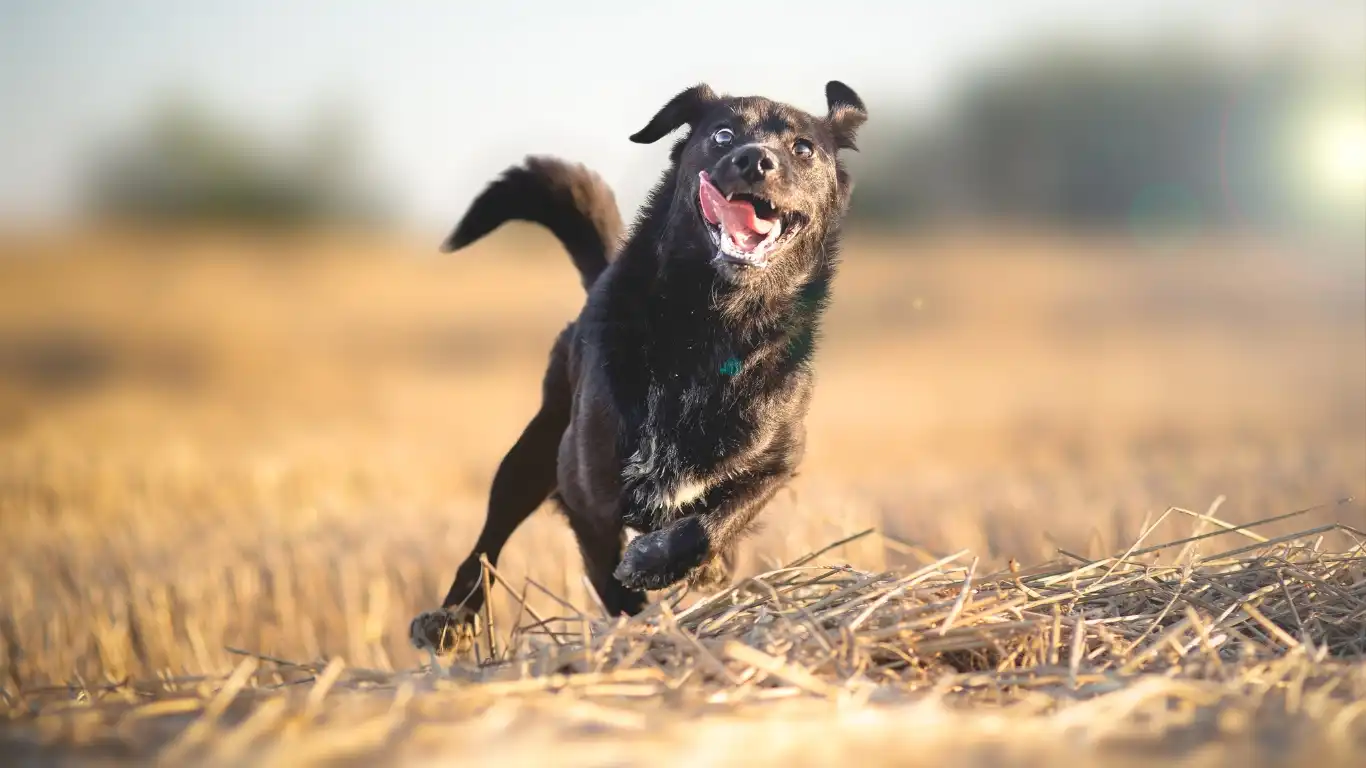
Let’s start with the “why.” Dogs, just like us, can benefit from the calming and healing properties of certain essential oils. Whether it’s anxiety during thunderstorms, itchy skin from allergies, or even just a need for a fresh-smelling pup without synthetic sprays, essential oils — when used correctly — can be a wonderful addition to your dog’s wellness toolkit.
From my own hands-on experience working in a clinic, I’ve seen essential oils make a real difference, especially for anxious or skin-sensitive dogs. I remember one pup, Bella, a sweet but super nervous Lab mix. Her owners were desperate to find something natural that wouldn’t mess with her sensitive system. With some gentle guidance, they tried lavender oil (super diluted!), and it helped her settle during vet visits. Of course, it’s all about how you use them.
Best Essential Oils Safe for Dogs and How to Use Them
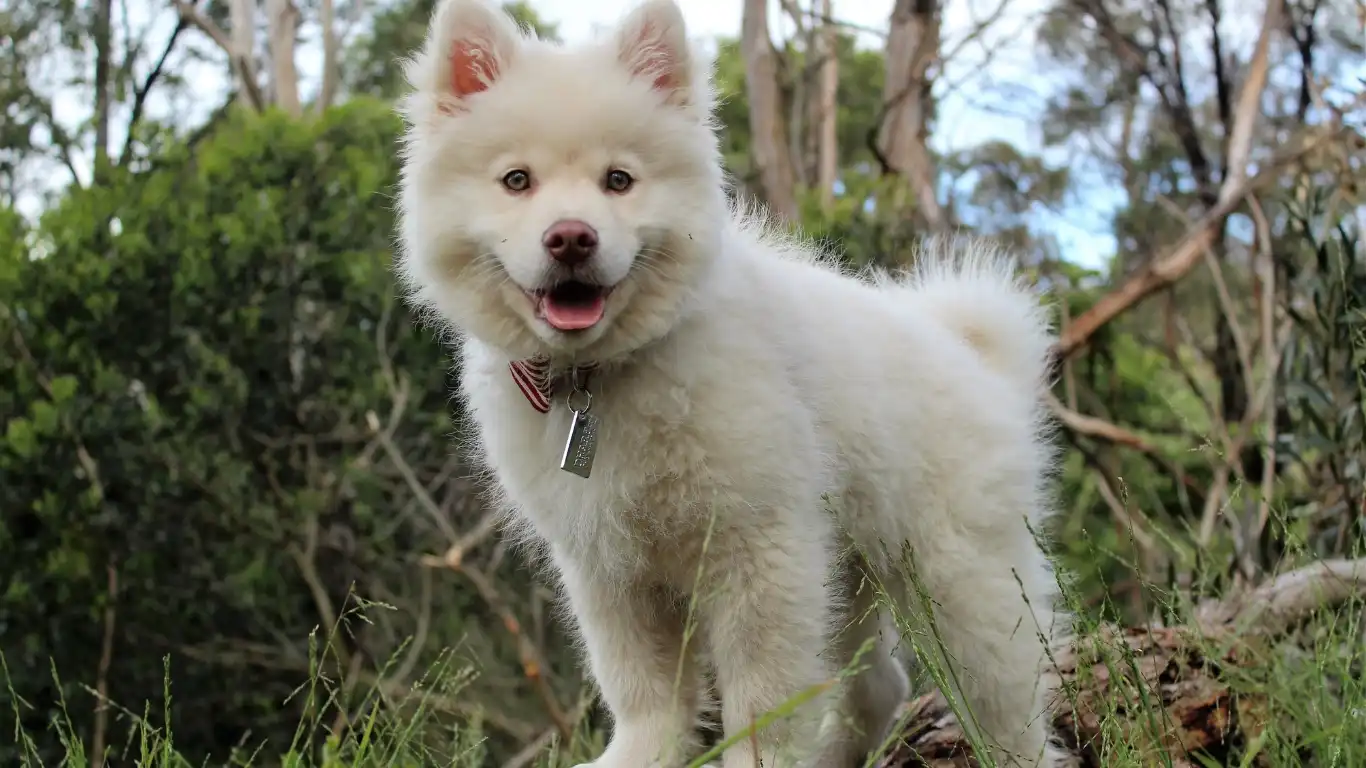
Alright, let’s dive into the stars of the show. Here are a few essential oils that are widely considered safe for dogs — when used properly:
1. Lavender (Lavandula angustifolia)
Go-to for calming nerves and easing mild skin irritations. I’ve used lavender countless times in diffuser blends or diluted sprays. It’s especially helpful before car rides or grooming sessions.
2. Frankincense (Boswellia carterii)
This one’s a powerhouse. Known for supporting the immune system and promoting relaxation, frankincense is gentle and versatile. I often recommend it for older dogs needing a little boost in comfort and mood.
3. Chamomile (Matricaria recutita or Chamaemelum nobile)
Not just for your tea! Chamomile is amazing for skin care and reducing stress. Roman chamomile in particular is one I keep in my toolkit for dogs with sensitive skin or emotional reactivity.
4. Cardamom (Elettaria cardamomum)
This lesser-known gem can help with digestive upset and has a warm, sweet scent. Think occasional tummy troubles or gas — cardamom can be your natural go-to.
Safe Ways to Use Essential Oils with Dogs
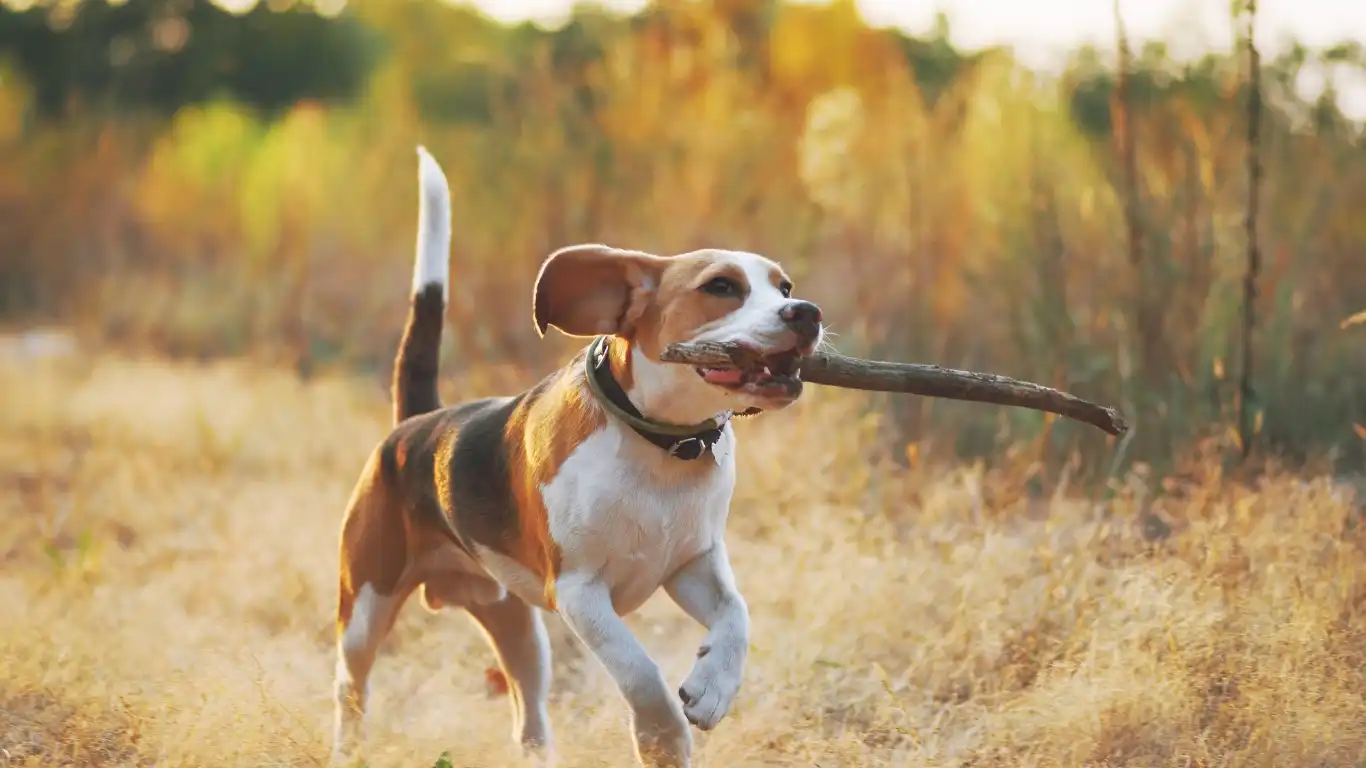
Now, I can’t stress this enough — dogs are not little humans. Their bodies process things differently, and their noses? Super powerful. So when using essential oils, less is way more. Here are my safe-use basics:
- Always dilute essential oils before use. A good starting point is one drop of essential oil per 50 drops of carrier oil (like fractionated coconut oil).
- Never apply essential oils directly to your dog’s nose, eyes, or genitals.
- Avoid internal use — seriously, don’t put essential oils in your dog’s food or water unless directed by a holistic vet.
- Use a diffuser in a well-ventilated space and allow your dog to leave the room if they want to.
- Do a scent test: Let your dog sniff the oil cap from a distance and see how they react. If they turn away or sneeze a lot, skip that oil.
From my own trial and error — and trust me, there’s been plenty of both — these precautions are what make the difference between a soothing experience and a potential vet visit. It’s not just about using essential oils, it’s about respecting how uniquely sensitive our dogs are to them.
Essential Oil Blends I’ve Actually Used with Success

Now, let’s get into the fun stuff — blends! Over the years, I’ve tested out a few essential oil combos that worked wonders for different doggy situations. These blends are totally optional, but if you’re someone who loves DIY like I do, they’re worth trying (safely, of course!).
Chill Pup Calming Blend
This one’s my go-to during fireworks, thunderstorms, or vet visits:
- 1 drop lavender
- 1 drop Roman chamomile
- Carrier oil (like sweet almond or coconut) to fill a 10 ml roller bottle
Just roll a tiny bit on your hands, rub them together, and let your pup sniff you while you offer a calm presence. I’ve used this blend on my own rescue pup, Coco, and it noticeably brought her anxiety levels down. Total game-changer!
Soothing Skin Spray
Perfect for pups who are itchy or dealing with minor irritations:
- 1 drop frankincense
- 1 drop lavender
- 1 cup distilled water
- 1 tablespoon carrier oil or aloe vera
Mix it all in a spray bottle and shake before each use. I always patch test on a small area first — and I’ve seen this help loads of dogs with seasonal allergies in the clinic, especially during springtime flare-ups.
Common Mistakes Pet Parents Make with Essential Oils
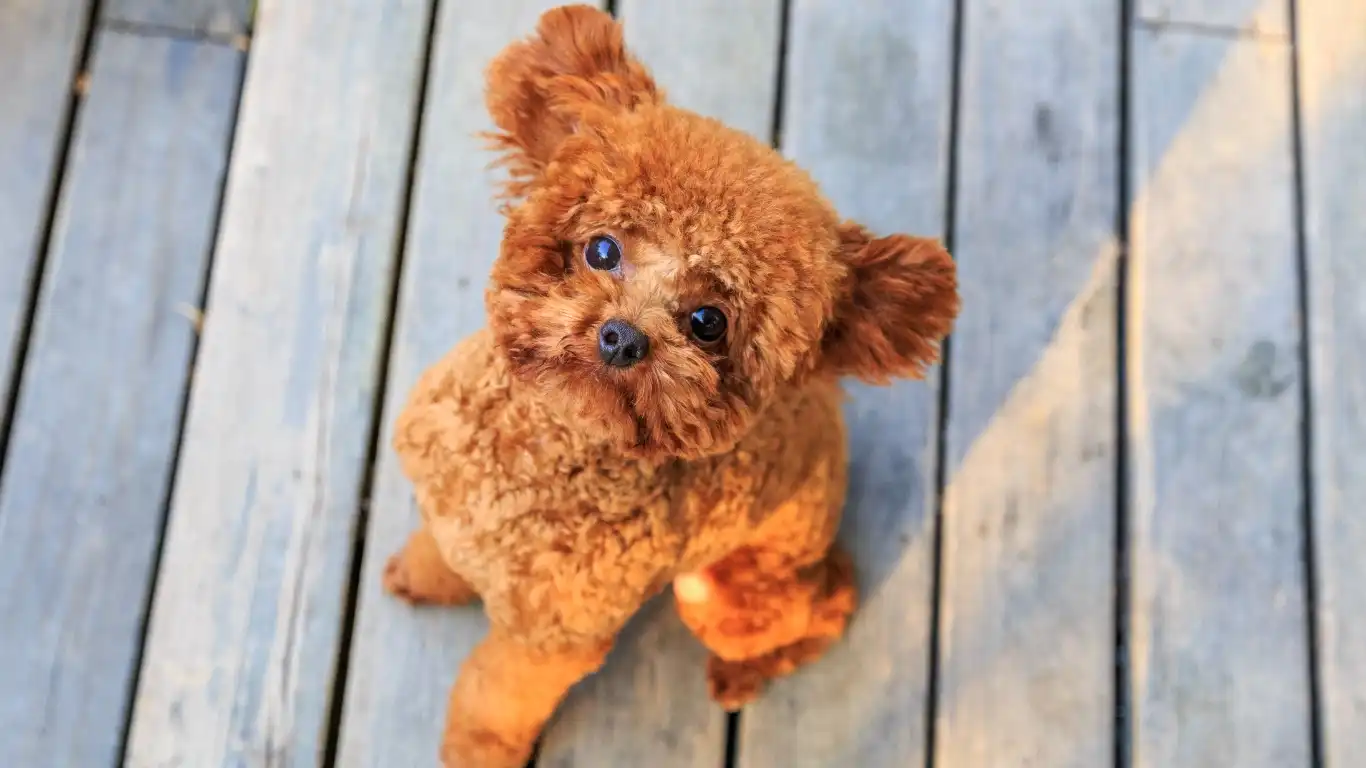
Okay, real talk — I’ve seen my fair share of oops moments with essential oils in the clinic. No judgment, we’ve all been there. But here are a few things to avoid if you want to keep things safe and stress-free for your doggo.
- Using undiluted oils — Even if it’s a “safe” oil, straight-up essential oil is way too strong for dogs. Always dilute.
- Assuming human-safe means dog-safe — Oils like tea tree, peppermint, and citrus might smell great to us but can be toxic to dogs. Stick to the tried-and-true list.
- Forgetting to check for reactions — Some dogs might have allergies or sensitivities. I recommend observing for signs like sneezing, scratching, or avoiding the area after exposure.
- Overdoing it — More isn’t better. Dogs have a superpowered sense of smell, so what seems “mild” to us can be overwhelming to them.
I’ve seen dogs come into the clinic with rashes from DIY sprays or reactions from heavily-scented diffusers running all day long. Once, a client used eucalyptus in a closed room with their senior dog, and it caused wheezing. It’s not about fearmongering — it’s just about knowing better so we can do better.
Signs Your Dog Might Not Like an Oil
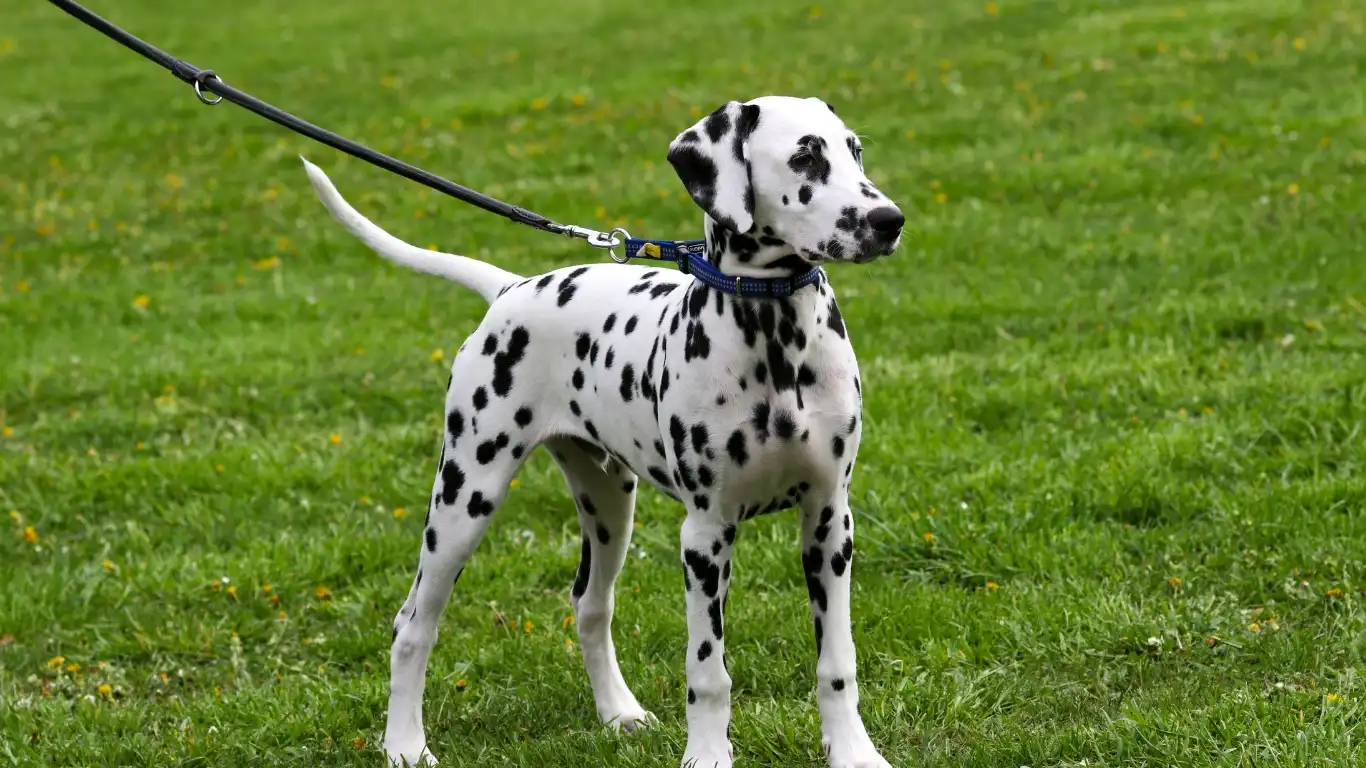
Dogs are pretty good at letting us know when something doesn’t sit right with them — we just have to pay attention. When trying out a new oil, keep an eye out for these signs:
- Walking away or avoiding the room
- Excessive sneezing or nose rubbing
- Whining or agitation
- Watery eyes or coughing
If you spot any of these behaviors, discontinue use immediately and ventilate the area. I once had a little Yorkie patient who looked like she was totally fine with lavender — until she started sneezing like crazy. Turns out, she was just super sensitive to it, even though it’s generally safe for most dogs.
Creating a Dog-Friendly Essential Oil Routine
So, you’ve got your oils, you know what’s safe — now what? The key to using essential oils with dogs is consistency and mindfulness. Here’s how I like to keep things simple and effective:
- Routine diffusing: Add 2-3 drops of a safe oil to a water-based diffuser in a large room for 15-30 minutes. Always allow your dog access to leave the room.
- Pre-bath relaxation: Use a calming blend on yourself (not your dog!) before grooming sessions to create a peaceful vibe.
- Post-walk cleanup: I like to spray a diluted skin-soothing blend on a cloth and wipe down paws, especially during allergy season.
When I started doing this with my own dogs, I noticed they became more relaxed and even seemed to associate certain smells with positive experiences — like grooming or bedtime. It’s all about building that gentle, supportive atmosphere, using nature’s tools the right way.
When to Skip Essential Oils Altogether
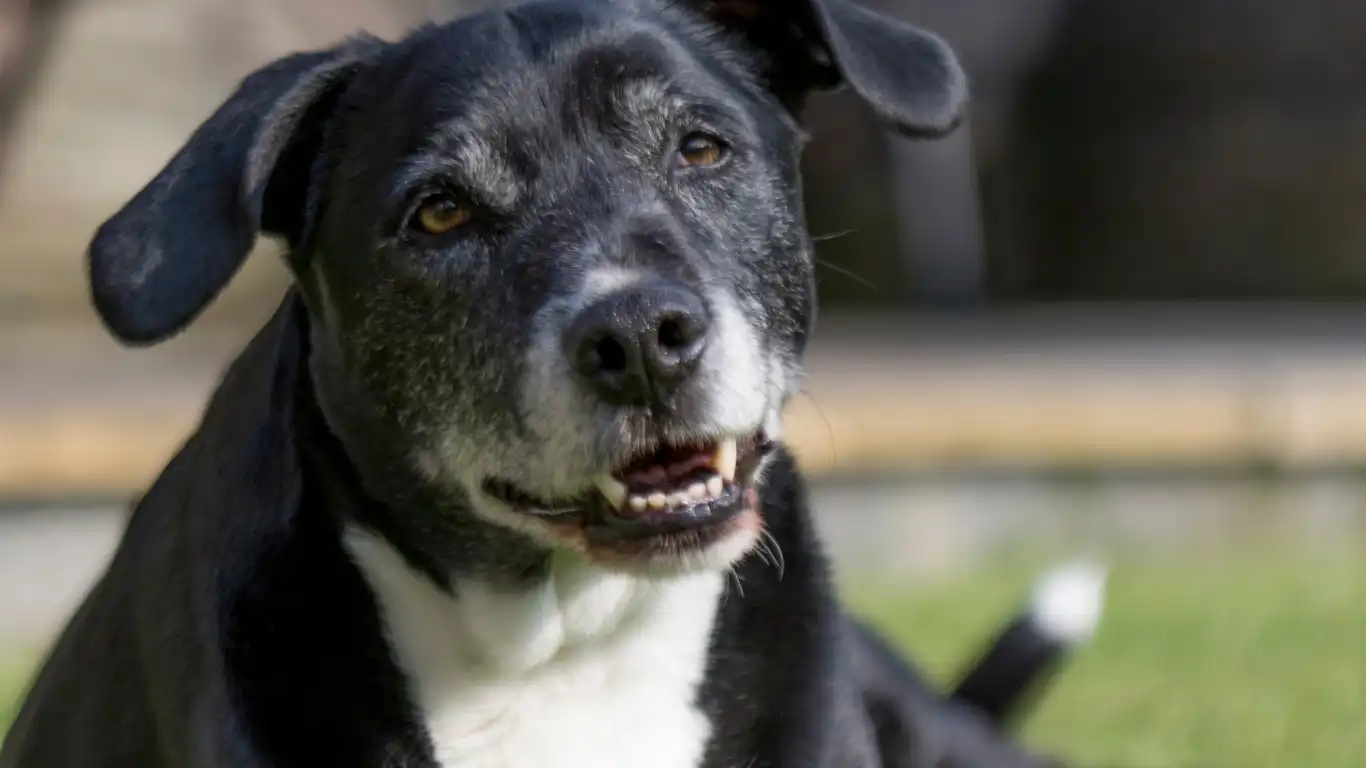
Even though I love working with essential oils and have seen great results, there are definitely times when I tell clients to pump the brakes. Some dogs simply aren’t good candidates for essential oil use — and that’s totally okay.
Situations where I recommend skipping oils:
- Puppies under 10 weeks: Their systems are super delicate and still developing. No need to introduce any scents just yet.
- Pregnant or nursing dogs: Many oils can be too stimulating or even cause hormonal disruptions.
- Dogs with respiratory conditions: Oils can irritate the lungs, especially in brachycephalic breeds like pugs and bulldogs.
- Pets with epilepsy or seizure history: Some essential oils (like rosemary or eucalyptus) have been linked to triggering seizures.
One of my clients had an older Boston Terrier with chronic bronchitis, and while they loved the idea of aromatherapy, even a mild diffuser session made him cough more. We scrapped the idea and found other soothing methods — sometimes less is more, you know?
How to Find Quality Essential Oils That Are Safe for Dogs

This is a biggie. Not all essential oils are created equal, and when you’re using them around animals — who are way more sensitive than we are — you need to be extra picky.
Here’s what I look for in pet-safe essential oils:
- 100% pure essential oil: Avoid anything labeled “fragrance oil” or “perfume oil.” Those are full of synthetic junk.
- GC/MS tested: This stands for Gas Chromatography/Mass Spectrometry. It’s a test that checks the purity and composition of the oil — reputable brands will share this info.
- Clear labeling: Look for Latin names, origin, extraction method — all signs of a brand that knows their stuff.
- No additives or fillers: Cheaper oils are often cut with carrier oils or alcohols, which you don’t want around your dog.
Brands like Plant Therapy, Rocky Mountain Oils, and Eden’s Garden have consistently impressed me. They’re transparent, vet-aware, and make it easy for pet parents to choose safely. I always tell clients: if it’s too cheap to be true, it probably is.
Building a Holistic Wellness Plan That Includes Essential Oils
As a vet tech who specializes in nutrition, I always emphasize that essential oils should be just one small part of a broader wellness plan for your dog. They’re not miracle cures — but when used thoughtfully, they can absolutely support other natural care routines.
Here’s a simple holistic care checklist I often recommend:
- Balanced, species-appropriate diet: Whether raw, gently cooked, or high-quality kibble, nutrition is the cornerstone of health.
- Routine exercise: Regular walks, play, and even mental enrichment games keep both body and mind fit.
- Minimize chemical exposure: Choose natural cleaners, grooming products, and yes — use essential oils instead of synthetic sprays when it makes sense.
- Vet checkups and dental care: No oil in the world can replace proper medical support and a healthy mouth!
- Emotional wellness: Oils can play a key role here, but also think about training, socialization, and quality time together.
I’ve found that the best results happen when essential oils are used in harmony with all these other practices — not in isolation. Think of them as a bonus tool in your wellness toolbox, not the whole kit.
Final Thoughts on Using Essential Oils for Dogs
Using essential oils with dogs can be a beautiful, gentle way to support their emotional and physical well-being — when you do it right. From my years in clinical settings to my personal journey with my own pups, I’ve seen firsthand how impactful it can be when approached with care and knowledge.
Trust your gut, do your research, and never hesitate to ask your vet or a certified aromatherapist if you’re unsure. And remember, your dog’s body language and reactions are always going to be your best feedback loop. They’ll let you know what’s working — and what’s not.
References
- American Gastroenterological Association
- American Holistic Veterinary Medical Association
- National Association for Holistic Aromatherapy
- Pet Poison Helpline
Disclaimer
This article is based on my experience as a Veterinary Technician with a focus on nutrition and holistic wellness. It is for informational purposes only and is not a substitute for professional veterinary advice, diagnosis, or treatment. Always consult your veterinarian before introducing new treatments or supplements, especially with sensitive or medically compromised pets.



